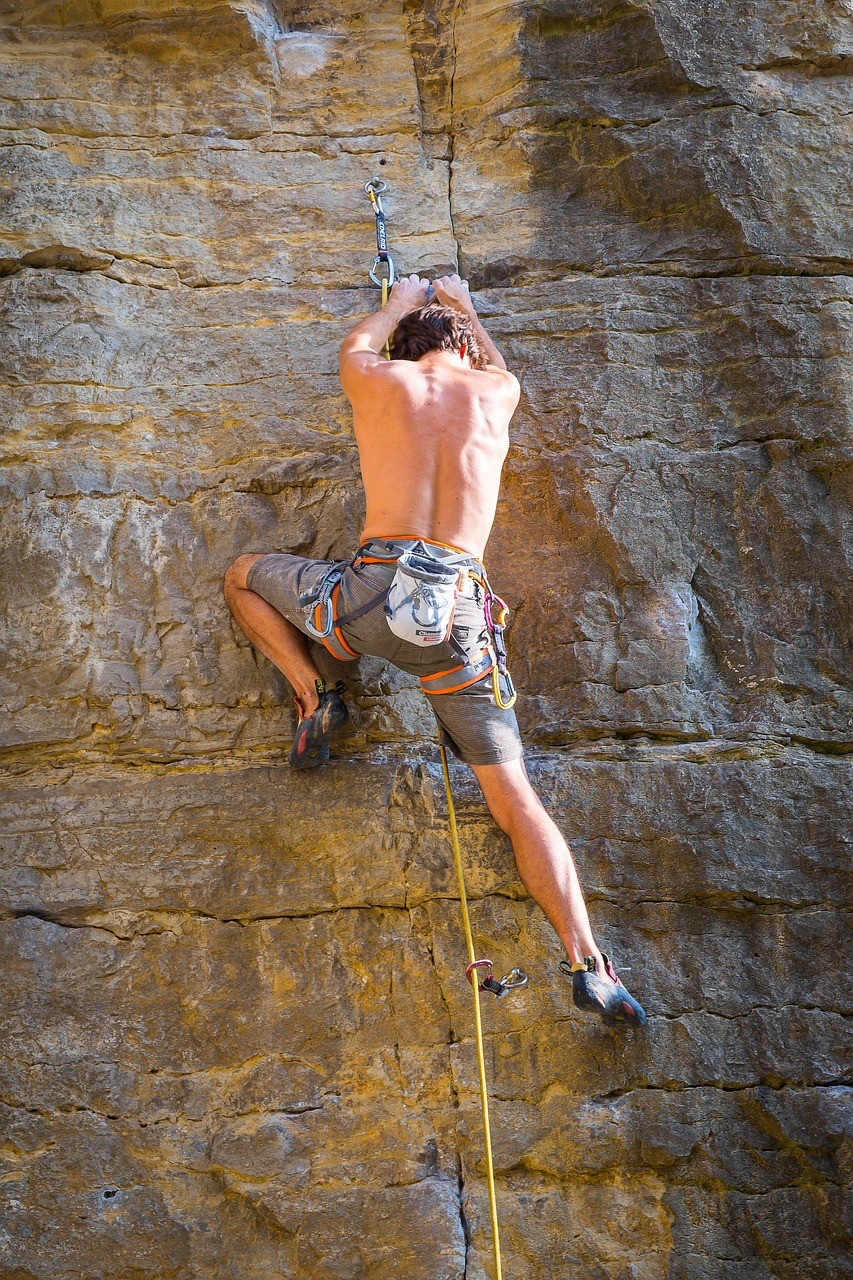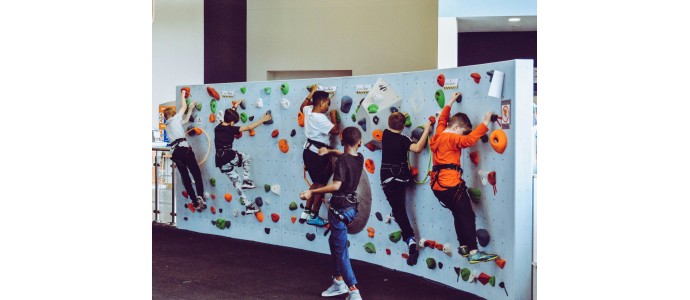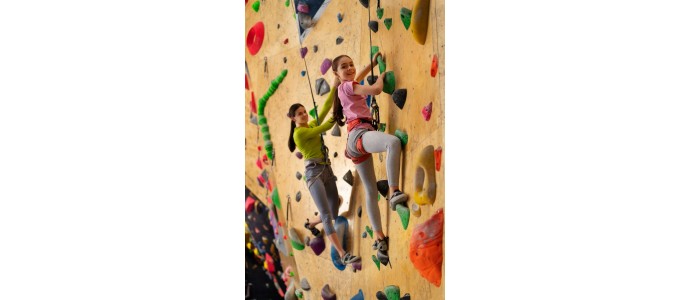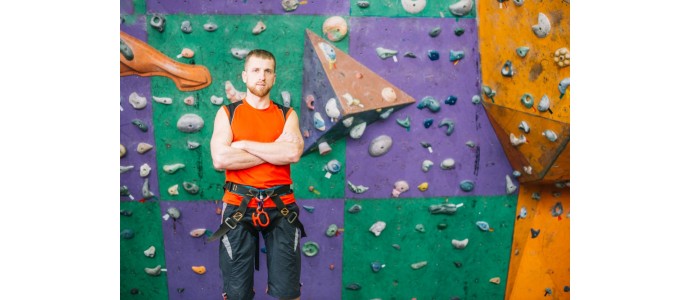How Magnesium is used in Climbing
Magnesium is an essential element in climbing, used to improve grip and reduce sweating on the hands. In this article, we will explore how magnesium is used in climbing, its different forms, and some tips to maximize its effectiveness and minimize its impact on the environment.
What is Magnesium for in Climbing?
As a climbing expert, I can say that magnesium is a crucial component in this sport. Also known as magnesium carbonate, magnesium is a versatile tool used by climbers to improve grip on surfaces and reduce sweating in the hands.
Benefits of Magnesium in Climbing
1. Better grip
One of the main benefits of magnesium is its ability to improve grip. Magnesium absorbs moisture from the hands, which improves friction between the hands and the prey. This is especially important in situations where sweat can compromise grip, such as:
- Climbing in Rockdromos: Where hands tend to sweat more due to intense activity and lack of ventilation.
- Hot Rock Climbing: Where high temperatures can increase sweating.
Magnesium creates a dry, rough surface that allows climbers to hold better, which is crucial when trying to overcome technical challenges.
2. Prevent Slips
Magnesium also helps prevent unexpected slips. By reducing sweating, magnesium improves safety when climbing, which is particularly important in high exposure situations or technical escalations.
| Situation | Magnesium Benefits |
| Technical climbing | Improves grip on small holds |
| High heigh climbing | Prevents slipping in exposed situations |
| Competitive climbing | Provides confidence in fast movements |
3. Reduce friction
Magnesium can also reduce friction in the hands, which is beneficial for preventing blisters and calluses. Climbers often suffer from damaged skin due to constant friction against hold, but magnesium can help alleviate this problem.
- Blister Prevention: Magnesium creates a protective barrier that reduces direct friction.
- Callus Reduction: Regular use of magnesium can help to soften the skin and reduce the formation of callosities.

Types of magnesium for climbing
Magnesium powder
Powdered magnesium is the most traditional form and is applied by rubbing directly into the hands. Comes in different textures, from fine powder to granules.
Advantages:
- Easy to apply and control the quantity.
- Cost-effective and widely available.
Disadvantages:
- Can be messy and cause dust in the air.
Liquid magnesium
Liquid magnesium is a solution that is applied to the hands and dries quickly, forming a thin layer of magnesium.
Advantages:
- Less messy than dust.
- Lasts longer in the hands.
Disadvantages:
- May be irritating to skin.
Magnesium in block
Block magnesium is a compact form of magnesium that is crumbled for use.
Advantages:
- Easy to carry and use.
- Less dust in the air.
Disadvantages:
- It may be more difficult to apply evenly.
How to use Magnesium in climbing.
Applying magnesium correctly is key to improving your climbing performance. As a climbing expert, I’ll give you some practical tips to maximize the benefits of magnesium and minimize clutter.
1. Wash and Dry your Hands
Before applying magnesium, it is important to wash and dry your hands well. This helps to remove dirt and sweat, ensuring that magnesium sticks better to the skin and provides optimal grip.
Washing your hands:
- Use soap and water to remove sweat and fat.
- Rinse well to remove any soap residue.
Dry your hands:
- Use a clean towel to dry your hands thoroughly.
- Make sure there is no moisture left before applying magnesium.
| Step | Description |
| Wash your hands | use water and soap, rinsing well |
| Dry your hands | Use a clean towel, dry well. |
2. Apply magnesium
Next, it’s time to apply magnesium. The amount and method of application depends on the type of magnesium you are using.
Magnesium in powder:
- Use a magnesium bag to apply the powder.
- Take a moderate amount and rub your hands together.
- Make sure to cover palms and fingers well.
Magnesium Liquid:
- Apply a few drops of liquid magnesium to your hands.
- Rub hands together until the liquid dries.
- Make sure to cover palms and fingers
3. Remove the Excess
After applying magnesium, it is important to remove excess to avoid waste and mess.
Blow the Excess:
- If there is excess magnesium in the hands, blow lightly to remove it.
- This is especially useful if you used magnesium powder.
Rub the Excess:
- If there is excess magnesium in the hands, rub your hands together to distribute it evenly.
- This helps to avoid mess and maximizes the effectiveness of magnesium.
Additional Tips for Applying Magnesium
- Avoid Creating Dust Clouds: When applying magnesium powder, be careful not to create dust clouds that can annoy other climbers.
- Apply as needed: If your hands start sweating again, apply magnesium as needed.
- Use a brush: If there is excess magnesium in the dams, use a brush to clean them and improve grip.
Tips for the Use of Magnesium in Climbing
Magnesium is a fundamental tool for climbers, but it’s important to know how to use it properly to maximize its benefits and minimize the impact on the environment. As a climbing expert, I will share some key tips for the effective use of magnesium.
Use the Correct Amount
One of the most common mistakes climbers make is to use too much or too little magnesium. Using the right amount is crucial for good performance.
Too much magnesium:
- Using too much magnesium can make the prey slippery, making it difficult to grip.
- It can also cause excess dust in the air, which can irritate other climbers and affect air quality.
Very little magnesium:
Using too little magnesium may not be effective at reducing sweating and improving grip.
This can cause unexpected slippage and sub-optimal performance.
Avoid Creating Dust
Magnesium dust in the air can be annoying and even harmful. To avoid this, it is important to minimize dust and consider using liquid magnesium.
Minimize the dust:
Use magnesium consciously and sparingly.
Avoid shaking hands sharply to avoid creating dust clouds.
Use Magnesium Liquid:
- Consider using liquid magnesium, which generates less dust.
- Liquid magnesium is less likely to disperse in the air, which is useful in indoor or small spaces.




.jpg)





Comments
No comment at this time!
Leave your comment